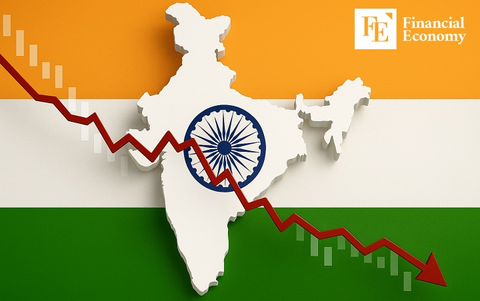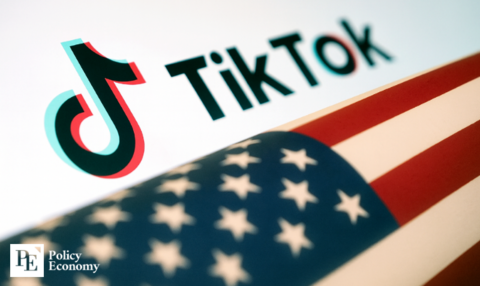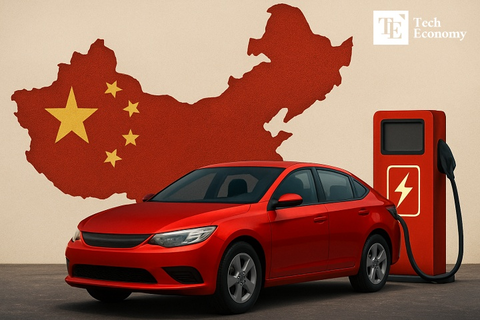Tech Showdown: U.S. Chip Crackdown May Spark New AI Trade Front
Input
Modified
US chip policy may soon deliver a blow to AI-linked stocks operating in China. An upcoming investigation result could reshape tech tariffs and international alliances. Despite restrictions, China continues to build a robust domestic semiconductor supply chain
A key pillar of Donald Trump’s 2024 presidential campaign, securing American technological superiority, now stands at a critical juncture. The United States Department of Commerce is set to release the results of an investigation in the coming weeks that could trigger sweeping penalties for firms accused of unlawfully exporting chipmaking tools and technologies to China. This inquiry, launched last year under the Trump administration, has the potential to recalibrate global tech trade and rattle financial markets already jittery over tariffs and concerns about AI bubbles.
According to the South China Morning Post, the probe centers around whether advanced semiconductor technologies were improperly transferred to Chinese entities in violation of export control laws. The findings, expected in two weeks, will determine who exported sensitive technology and what penalties, if any, should be imposed. Officials hint at serious consequences for those found in breach. Given Trump’s vocal campaign promises to “defend American tech from foreign theft,” expectations are high that this report will not be merely symbolic.
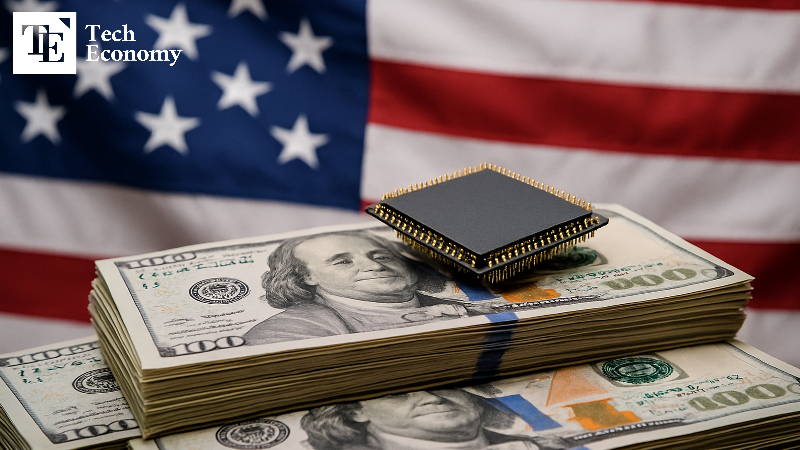
AI Stocks on Edge
Investors and tech companies alike are bracing for impact. Among the sectors most vulnerable is artificial intelligence, where companies such as Nvidia have profited significantly by selling high-performance GPUs to Chinese firms. If restrictions are tightened further or retrospective penalties levied, the ripple effects could be severe. AI stocks with substantial exposure to the Chinese market may experience sudden devaluation. As noted in analysis from AInvest, “Chip stocks have soared due to the AI boom, but a tariff shift could swiftly turn optimism into panic.”
The geopolitical stakes are equally high. Trump’s strategy relies not just on punishing offenders, but also on reshaping the international trade architecture. With tariffs already being considered as leverage against China, the outcome of this investigation may guide broader economic tactics. While some in Washington favor further decoupling, others caution that overreach could fracture supply chains and drive innovation offshore.
Yet the challenge is not just about enforcement, it’s also about resilience. Despite intensifying sanctions, China’s chip sector has demonstrated surprising resilience and adaptability. According to China Observers in Europe, Beijing is accelerating efforts to create a self-sufficient semiconductor ecosystem. It has invested heavily in domestic manufacturing capacity, particularly through its state-backed National Integrated Circuit Industry Investment Fund, also known as the “Big Fund.”
China’s Domestic Drive
At the World Artificial Intelligence Conference 2025 in Shanghai, officials highlighted the government’s multipronged approach to building chip independence. Chinese firms are refining lithography techniques, developing new chip architectures, and scaling up local fabrication facilities. While hurdles remain, especially in advanced nodes, experts say China’s trajectory is unmistakable. One presenter noted, “The 5-nanometer wall is not a dead end. It’s a milestone.”
This evolution is not just reactive. As restrictions tighten, Chinese companies and research institutions have responded with both innovation and resourcefulness. Rather than waiting for access to American or Dutch technology, local firms are partnering with universities, repurposing older equipment, and optimizing production processes to stretch their capabilities. Even state-owned giants such as SMIC have adapted their operations to ensure continuity in the face of pressure.
Meanwhile, Washington’s approach is becoming increasingly multifaceted. Beyond tariffs and export bans, the U.S. is seeking deeper coordination with allied nations. A cornerstone of this strategy involves Taiwan, a key player in the global semiconductor manufacturing industry. As highlighted in the China Observers article, there is growing momentum in U.S.-Taiwan collaboration to prevent Chinese technological dominance. The logic is straightforward: by reinforcing Taiwan’s centrality in the chip supply chain, Washington aims to both deter aggression and limit China’s access to advanced fabrication technology.
However, this alliance strategy is not without complications. Beijing views any deepening of U.S.–Taiwan semiconductor ties as a provocation. At the same time, European and Southeast Asian nations are increasingly drawn into the fray, forced to navigate between economic opportunity in China and geopolitical alignment with the U.S. A misstep could jeopardize their access to technology, capital, or critical components.
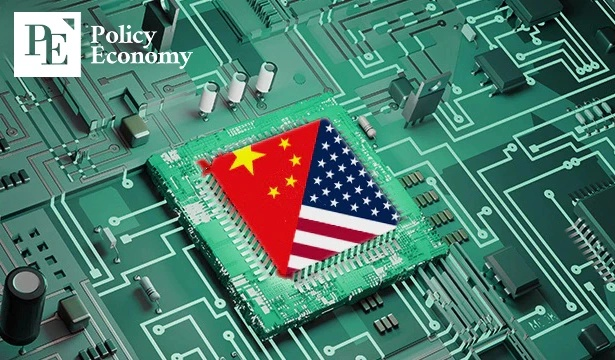
Toward a Divided Tech Future
Industry analysts suggest that one likely outcome of the investigation could be the tightening of restrictions on specific hardware, such as high-bandwidth memory chips and advanced lithography systems. Such equipment is essential for training large AI models and running data centers. A clampdown would thus target the very core of China’s AI ambitions, and could temporarily stall growth in areas like natural language processing, autonomous driving, and surveillance systems.
But while headlines often focus on punishment, the longer-term concern is technological bifurcation. A world split into two AI spheres, one dominated by the U.S. and its allies, and the other by China and its regional partners, risks creating duplicate infrastructure, redundant standards, and increased costs. For global firms, this increases operational complexity and regulatory uncertainty.
The paradox is apparent. On one hand, Trump’s campaign needs a “win” to validate his tough-on-China narrative. On the other hand, the semiconductor world thrives on scale, cooperation, and efficiency, traits that geopolitical tension threatens to undermine. Companies like Nvidia, AMD, and Intel are walking a tightrope: aligning too closely with Washington risks losing market share in Asia, while diverging from U.S. policy could lead to domestic scrutiny or sanctions.
For Chinese firms, the stakes are equally existential. Being cut off from advanced chips could constrain growth in AI, fintech, healthcare, and defense. Yet the pressure may also accelerate indigenous innovation. Already, firms like Huawei and Alibaba are experimenting with homegrown chip designs. In some cases, these alternatives offer comparable performance, albeit at a higher cost and with supply chain inefficiencies.
What makes the current moment unprecedented is the pace of technological advancement versus the lag of regulatory frameworks. AI’s rapid evolution means that today’s restrictions may be outdated by next year. This creates a constant game of catch-up, where policy is always one step behind the market.
In such a volatile environment, the release of the Department of Commerce’s findings may serve as both a conclusion and a new beginning. If the U.S. imposes heavy penalties, it will likely trigger retaliatory measures, heighten tensions, and possibly disrupt the AI investment landscape. If it pulls punches, Trump risks appearing weak on a key campaign issue.
And then there’s the timing. As the 2024 election season intensifies, the political calculus becomes increasingly complex. Any decision will be scrutinized not only for its economic impact but also for its electoral ramifications. Trump’s base, largely skeptical of globalization, is eager for signs of American industrial revival. Meanwhile, Democrats may frame any aggressive action as reckless and harmful to innovation.
Against this backdrop, it becomes evident that AI and chips are no longer niche concerns; they are central to national identity, economic security, and diplomatic strategy. Every policy move reverberates across industries, borders, and ideologies. The outcome of this particular investigation may only be one domino, but its fall will influence many others.
As China steadily advances in its efforts to localize the entire semiconductor value chain and the U.S. moves aggressively to protect its technological edge, the global AI race is entering a new phase. What was once a domain of scientific cooperation is rapidly becoming a theater of geopolitical rivalry.
Ultimately, the story is not just about chips or tariffs. It’s about power, who holds it, who controls its flow, and who shapes the rules of the future.



